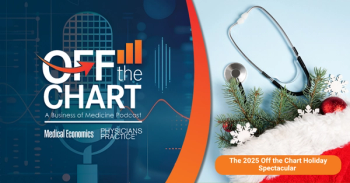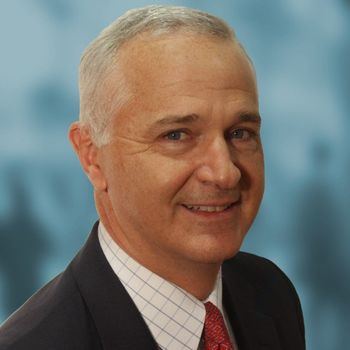
AMGA joins chorus warning about potential effects to cuts in Medicare
Physician reimbursement keeps dropping as doctors need predictable, stable sources of revenue.
Cuts to
The American Medical Group Association joined
“Health care providers need predictable, stable financing that does not require annual end-of-year fixes,” AMGA President and CEO Jerry Penso, MD, MBA, said in a
More than 60% of members said they would delay deliver system improvements or care model changes. In the survey, 57% of members said they would eliminate or delay investing in ways to integrate social determinants of health into practices, and more than 50% said redesigning physician compensation could be a possibility.
Some health care workers are stretched thin due to lack of staff, but others could face cuts: 49% of AMGA members said they could furlough or lay off administrative and nonclinical staff next year. That happened in 24% of members this year.
AMGA sent
The U.S. Centers for Medicare & Medicaid Services (CMS) announced its proposed physician payment rule for 2024 would reduce the Medicare conversion factor by 3.4%
That would follow three years of cuts that total more than a 6% reduction in Medicare Part B payment rates. Cutting reimbursement by 10% over four years “is simply unsustainable,” according to AMGA. That is part of a 26% reduction from 2001 to 2023, adjusted for inflation, a figure cited by AMGA and other physician and health care advocate organizations.
“Given the actual and potential impacts continued Medicare cuts will have on providers and their patients, Congress must act to stop the proposed cuts in 2024,” Penso said in the letter to congressional leaders. “In the long term, we believe Congress should work with stakeholders to develop a Medicare reimbursement model that covers providers’ costs and rewards value and performance.”
Newsletter
Stay informed and empowered with Medical Economics enewsletter, delivering expert insights, financial strategies, practice management tips and technology trends — tailored for today’s physicians.








